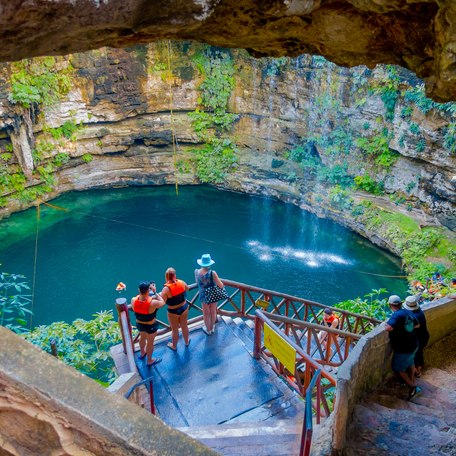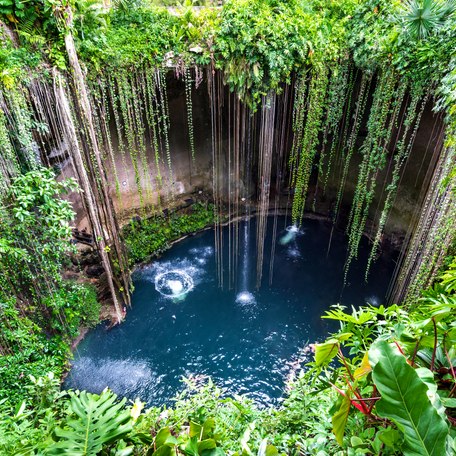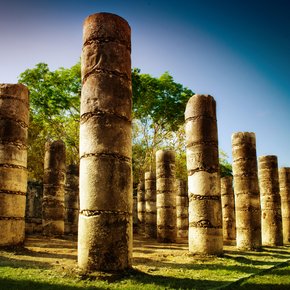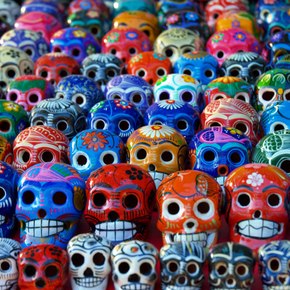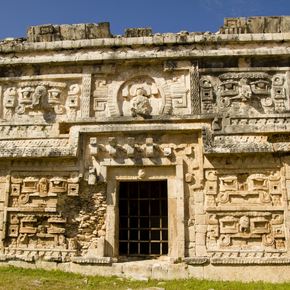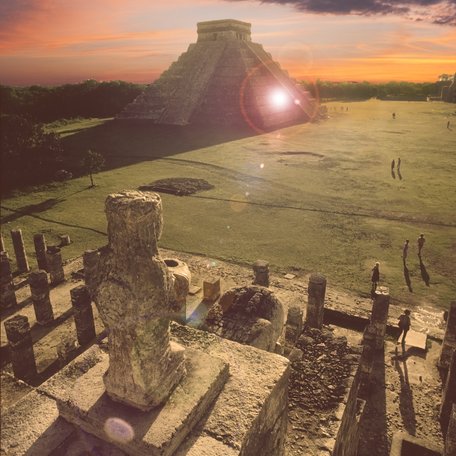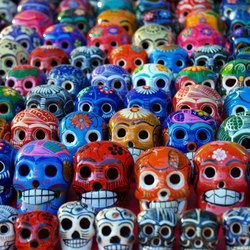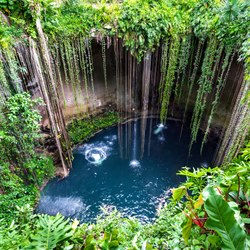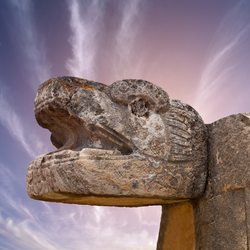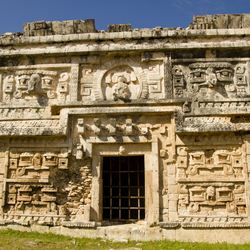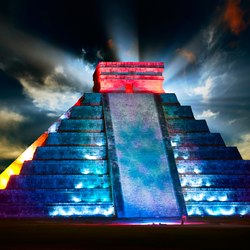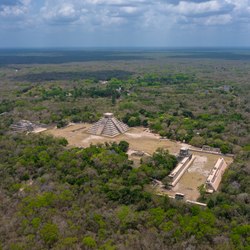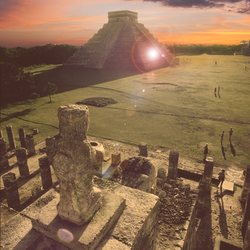You'd have had to have been hiding under a rock all your life if you haven't heard of Chichén-Itza, a UNESCO World Heritage Site that is one of the most visited tourist destinations on the planet.
Located in the heart of the Yucatán peninsula, these magnificent ruins reveal their 1,000-year history in a confluence of stone monuments and creative artifacts, representing an important Mayan pilgrimage destination and ceremonial center for centuries.
Built close to two natural water cavities, known as cenotes or chenes, the archaeological site dates back to around 435 AD and was founded by the Itzáes, or "water sorcerers”.
The second settlement came after the conquest of the Kukulkan in around 900 AD, followed by a flurry of building in the new style, blending the Mayan and Toltec traditions. The temples at Chichén-Itza are a clear illustration of this fusion.
With a name that means “mouth of the well of Itza”, you’d be correct in thinking the distinctive natural limestone pools that surround the site are an important and sacred element of ancient Mayan traditions, with many scholars believing that Chichén-Itza was built solely because of these cenotes, that also provided the locals with fresh water.
While you can’t swim in the cenote at the sacred city itself, you can swim in the cenotes nearby. These can be accessed via steep steps along the side leading down into the “well” of the pool.
It's worth noting that the one nearest to Chichén-Itza gets very crowded and best avoided during peak months. For a more authentic experience, head to the town of Valladolid, which boasts a number of these intriguing water holes.
The great pyramid of El Castlillo forms the central and most prominent attraction, which has become the evocative symbol of the Mayans and their culture. The Mesoamerican fascination with stars and planets mean the pyramid’s four stairways represent the points of a compass, with a total of 365 steps, one for each day in the solar calendar. Although visitors can no longer climb the steps due to damage caused by thousands of feet trampling up and down the stone staircases over the decades, you can still appreciate the majestic structure from below.
There are a total of 26 Mayan ruins here spread across the 25-kilometer site, including the popular El Caracol or Observatory, The Temple of the Warriors and the Mayan Ball Game.
There are also many representations of the god Chaac, the Maya rain god - a hugely influential deity of these tribes, with sacrifices made at the altar to appease him, including animal and human hearts.
After dark, the Great Pyramid of El Castillo lights up the night in a spectacular light show. Full of history, the show harnesses images, sound and evocative lighting to tell the story of the Mayans to dramatic effect.
The site is open every day from Mon-Sunday 8am to 5pm, with the last entrance at 4pm.
If you're interested in visiting Chichén-Itza and would like to incorporate a trip into your charter itinerary, please speak with your preferred yacht charter broker.
To find out more about chartering in the region, check out our in-depth Mexico yacht charter guide for more information.

